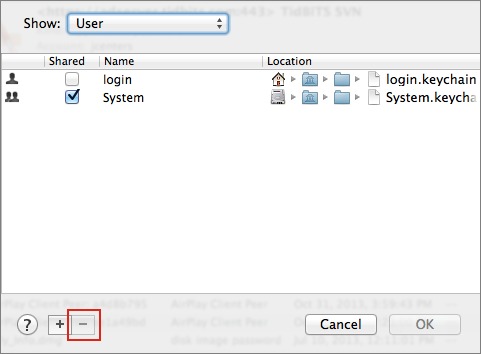

Enter arp -a at the command prompt and press Enter. This will dump the system profile to a file which can be looked at later on a different machine. The output should look like the image below. This output will show you all of the devices connected to the network other than the computer that you issued the command on.
MAC COMMAND LINE LIST USERS SERIAL
Will get you basic hardware info (useful for asset tracking), and system_profiler SPHardwareDataType | grep Serial Will tell you how many USB devices are plugged in (including internal USB devices), which is useful to see if the computer sees a device (or, if, say, Parallel's grabbed it or it is dead.) system_profiler SPHardwareDataType system_profiler SPUSBDataType | grep "Product ID" -c Tells you about all your USB devices (including their Vendor and Product IDs, which can aid in tracking down drivers).Ĭheck on the status of your computer and find the address of the network router by entering ipconfig at the command prompt. Will give you the machine's serial number. Mac command line list all devices serial# In Leopard and newer, reports which processes open files, whether successfully or not. You can ask it to look at all files being opened across the system, by a specific process, or if any process is opening a given file, with different sorts of timestamps, and to show if errors occur. Opensnoop is a dtrace script there are many others in /usr/bin that look at things like which system calls a process is making, what processes it is creating and what I/O it is doing. Run apropos DTrace for a list, and look at man pages for details.
MAC COMMAND LINE LIST USERS FULL
The last file opened by network users was something like this (with a full path): /Network/Servers/./username/Library/Icons/WebpageIcons.db I ran (several times, on different accounts, via ssh): sudo opensnoop -e -n Comic > output.txt I found out about opensnoop when struggling to diagnose why a Comic Life Magiq 1.1 was crashing on OS 10.5.8 for users with network accounts.

Which reminded me that Safari 5.0 was crashing for network users, and we worked around it by either managing a preference to not cache favicons or by redirecting a file. Mac command line list all devices serial#.Mac command line list all devices how to#.


 0 kommentar(er)
0 kommentar(er)
